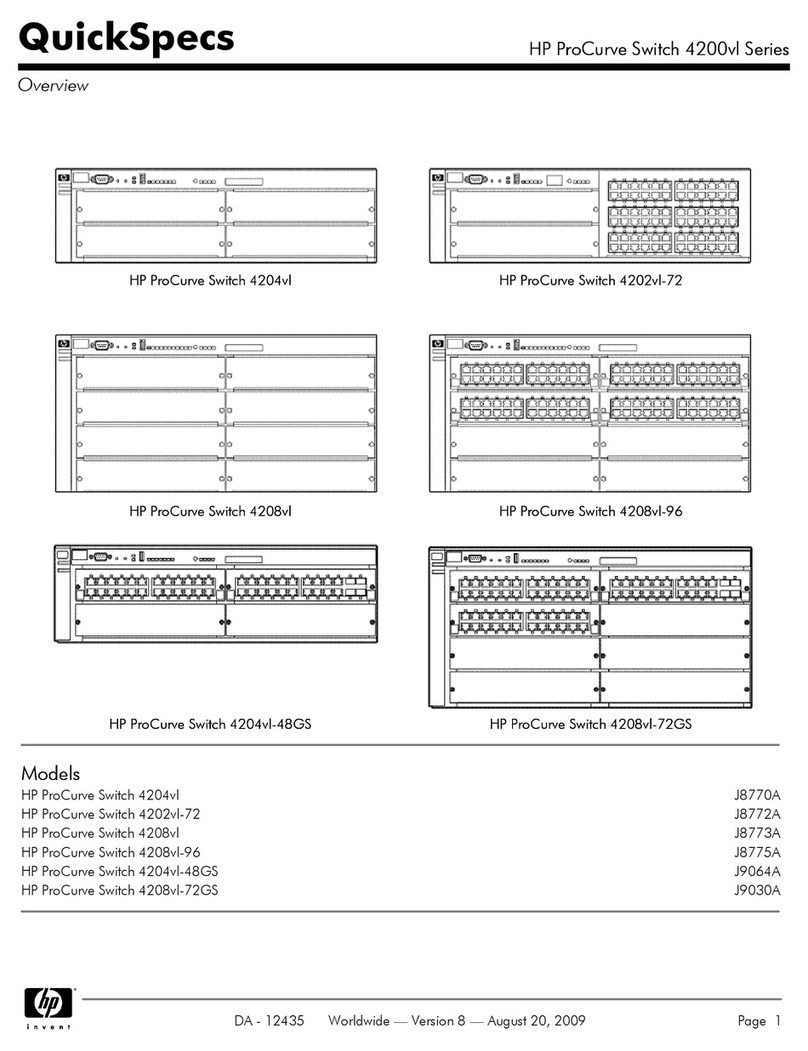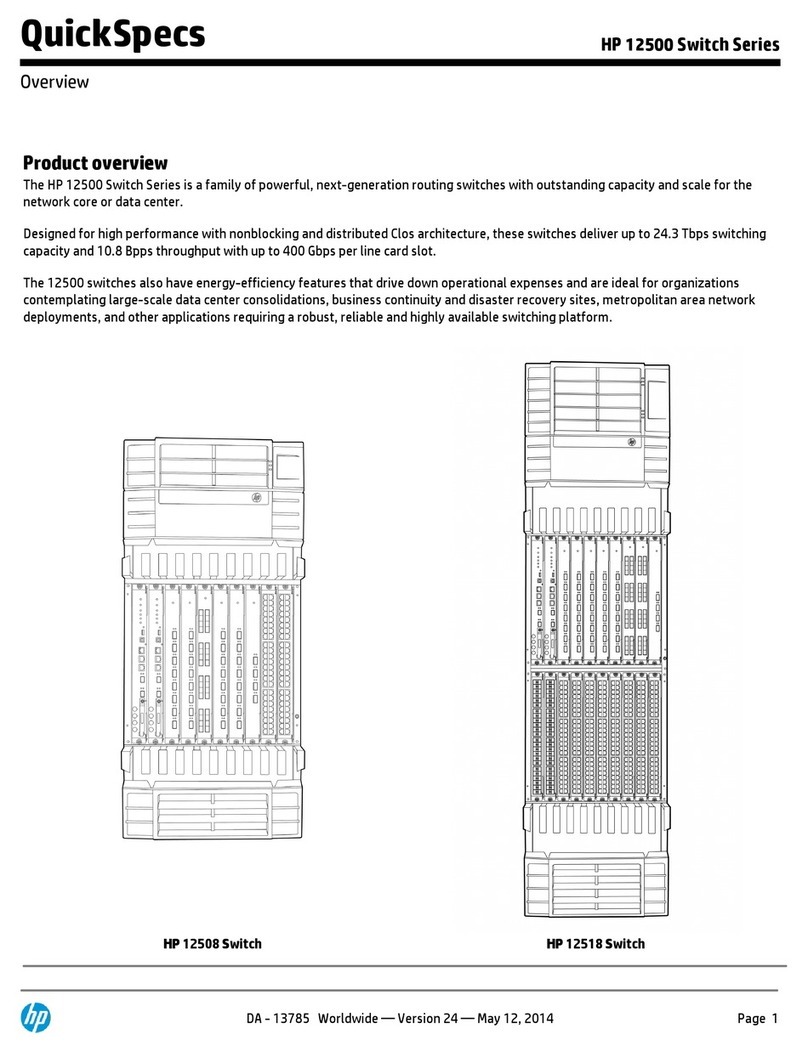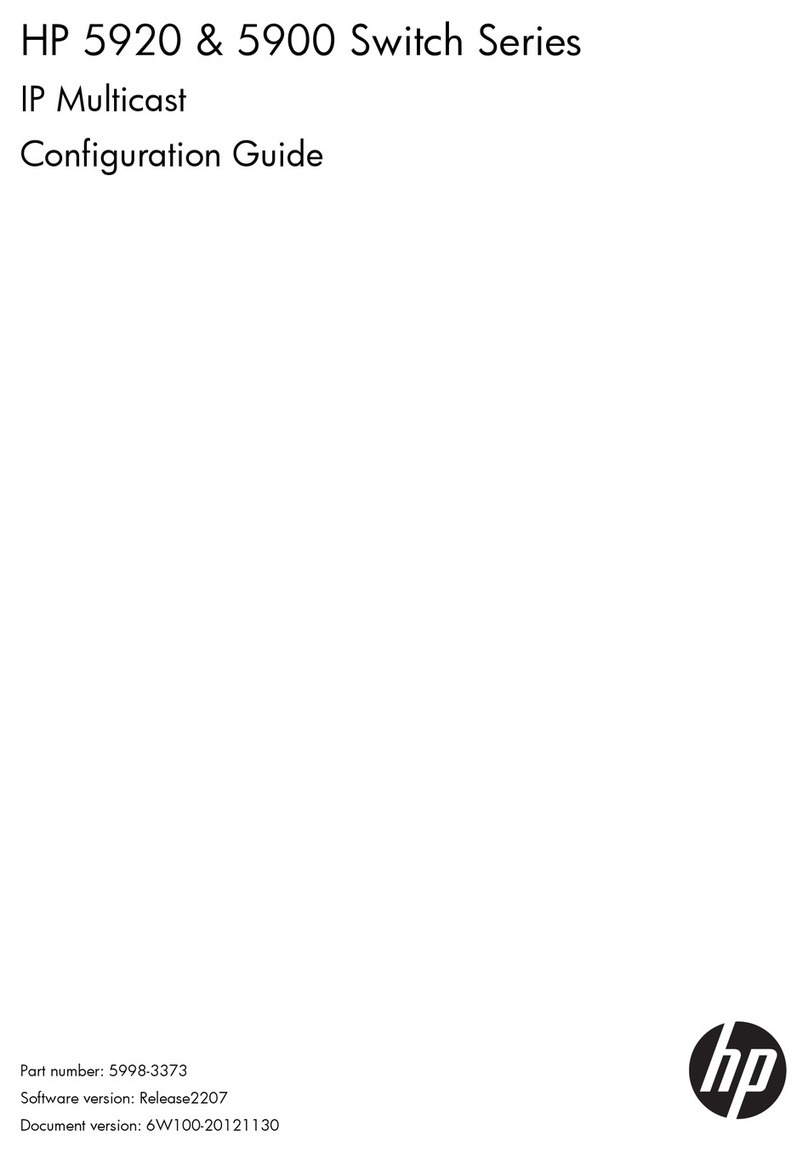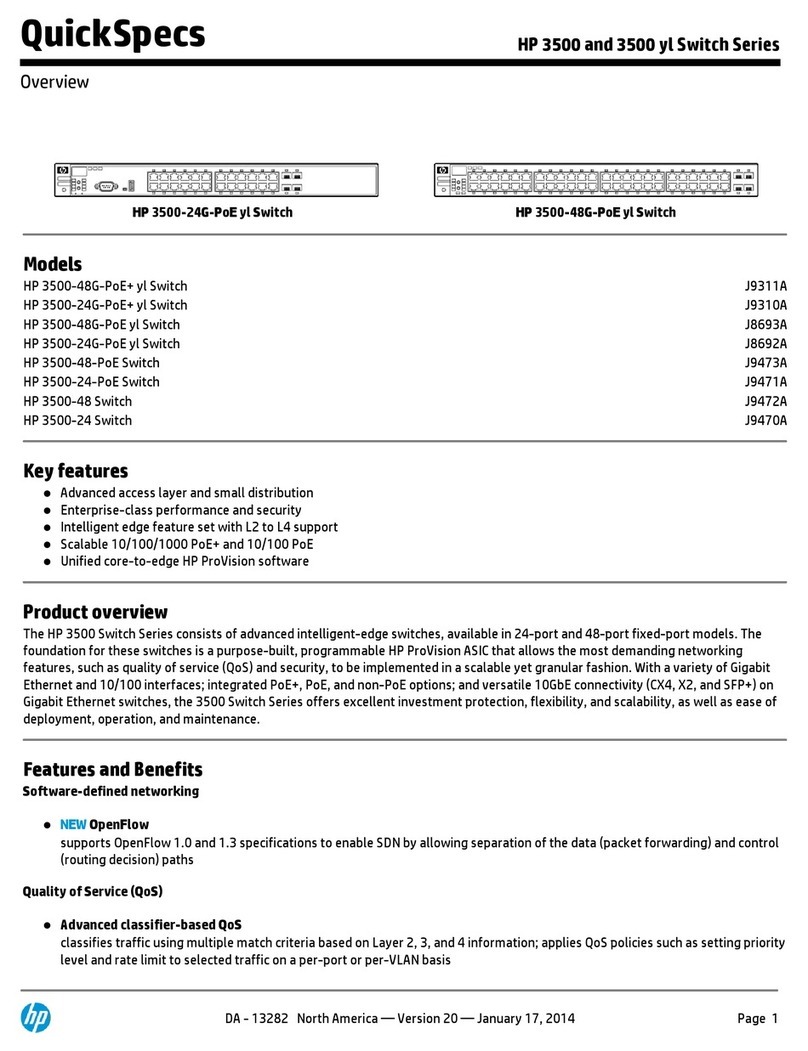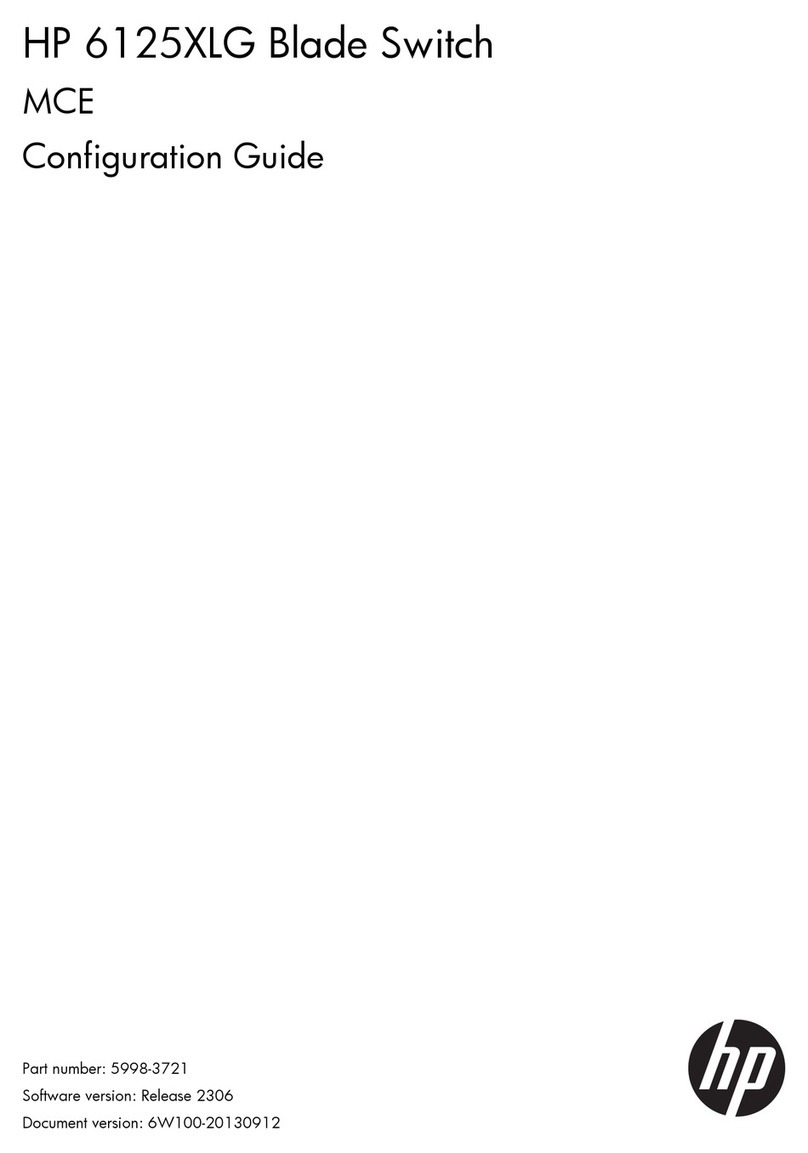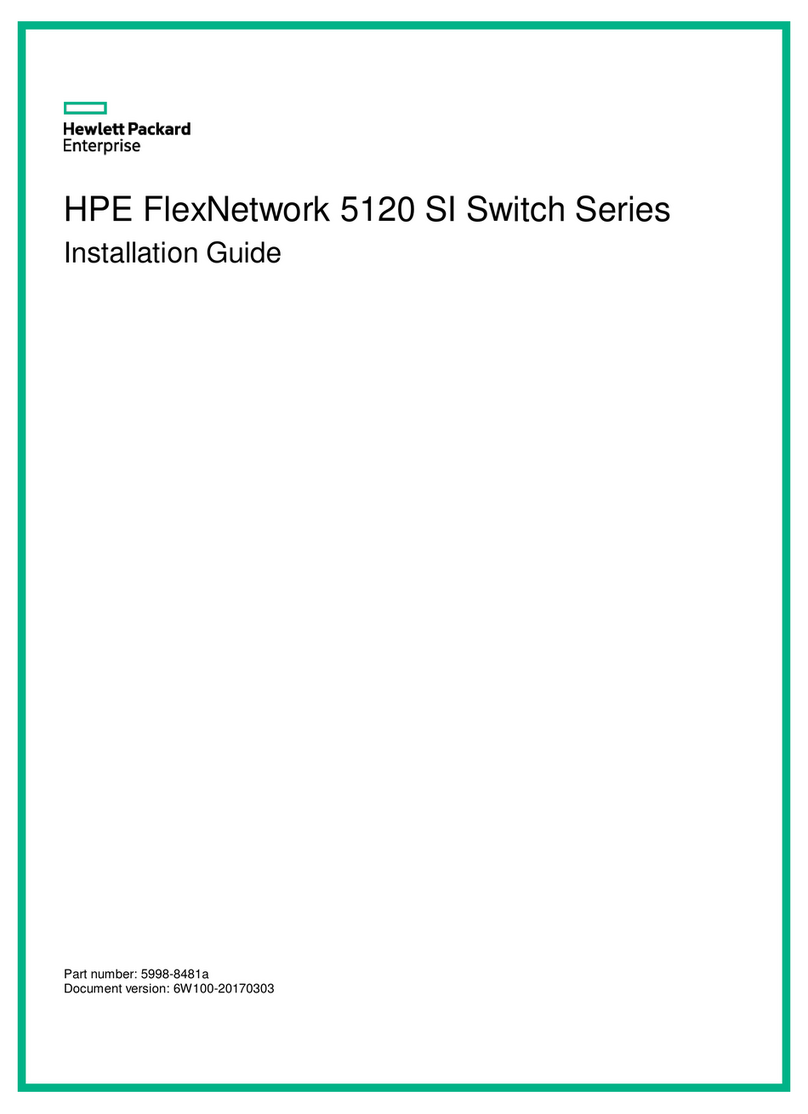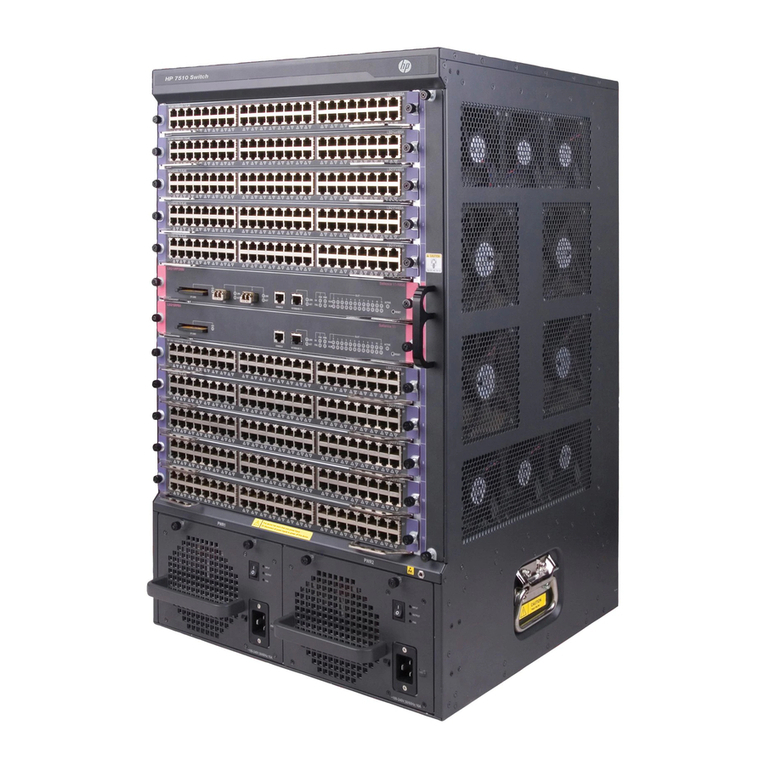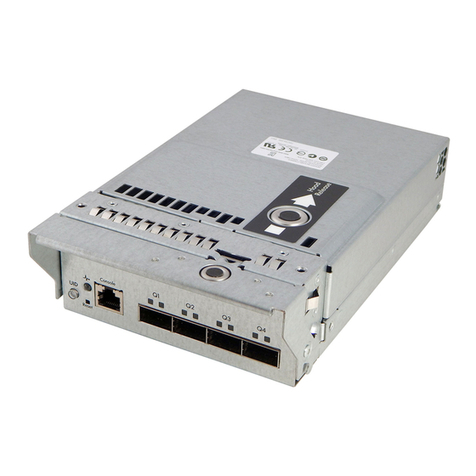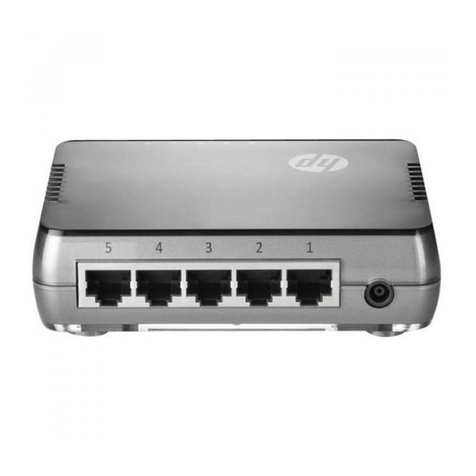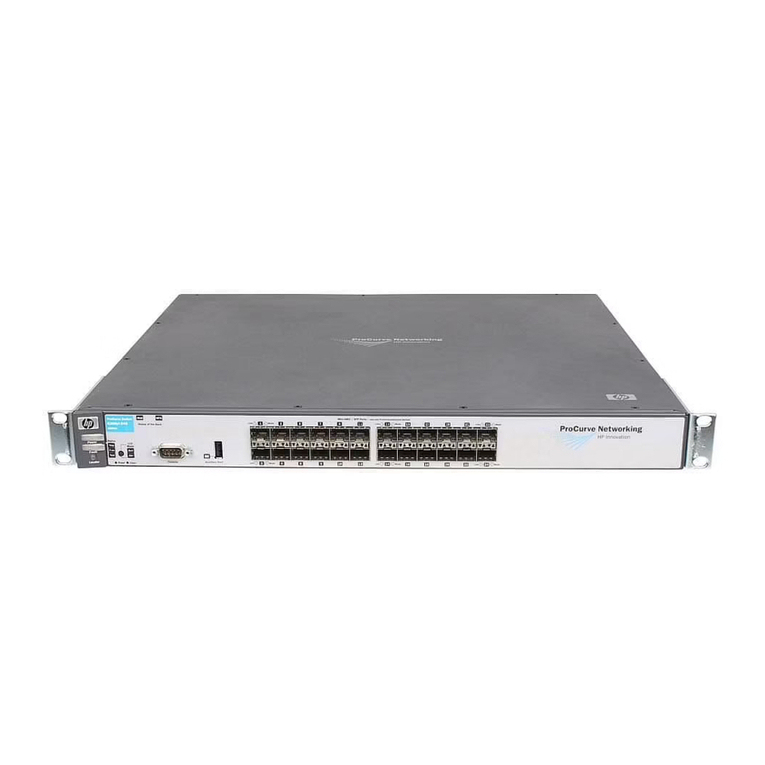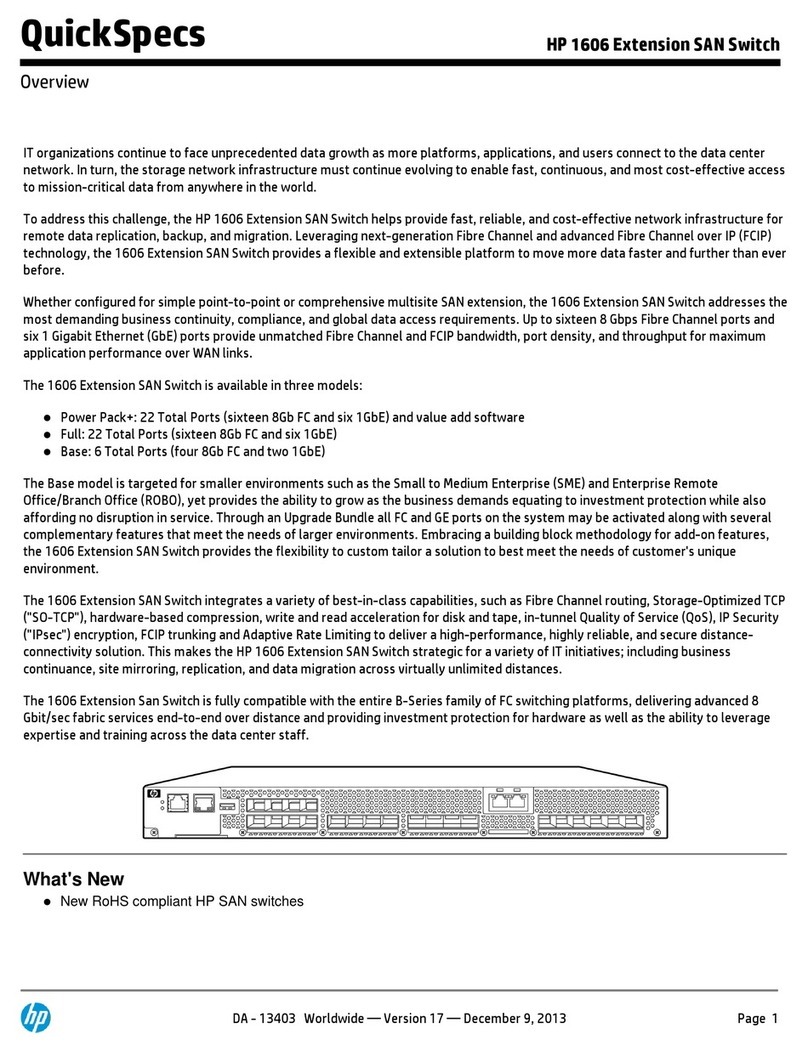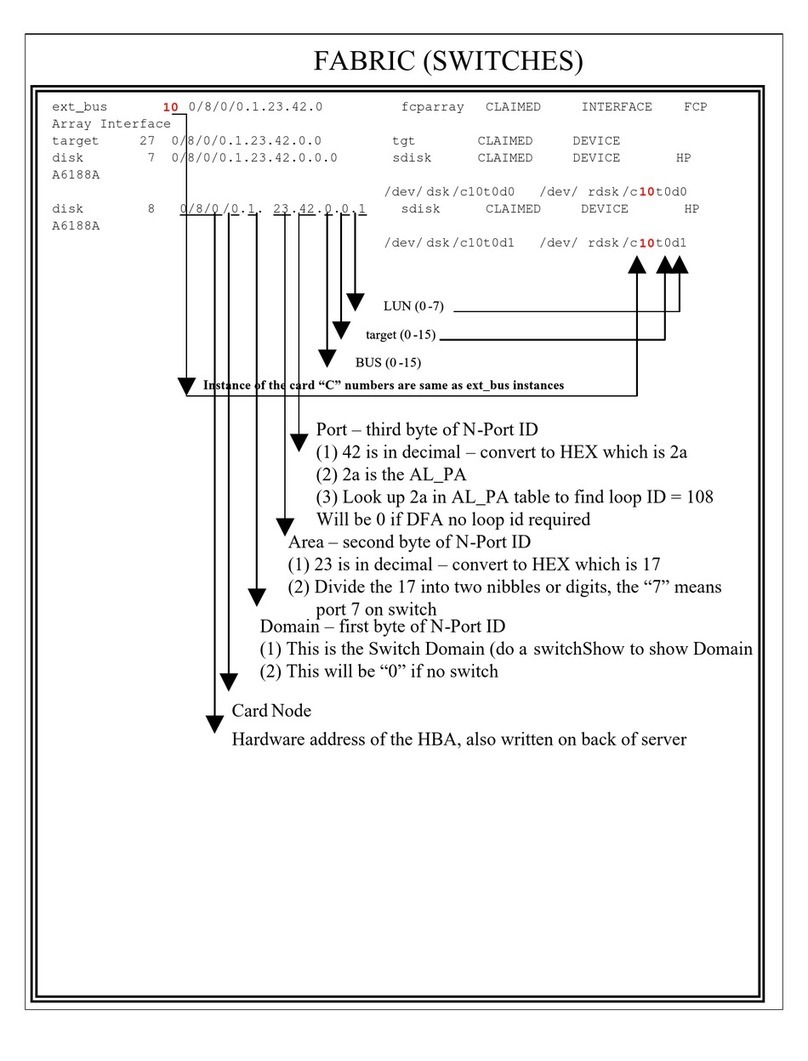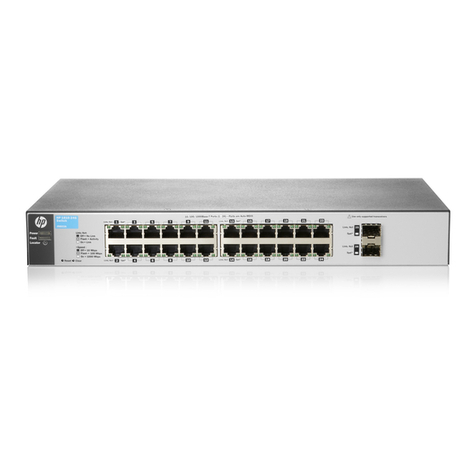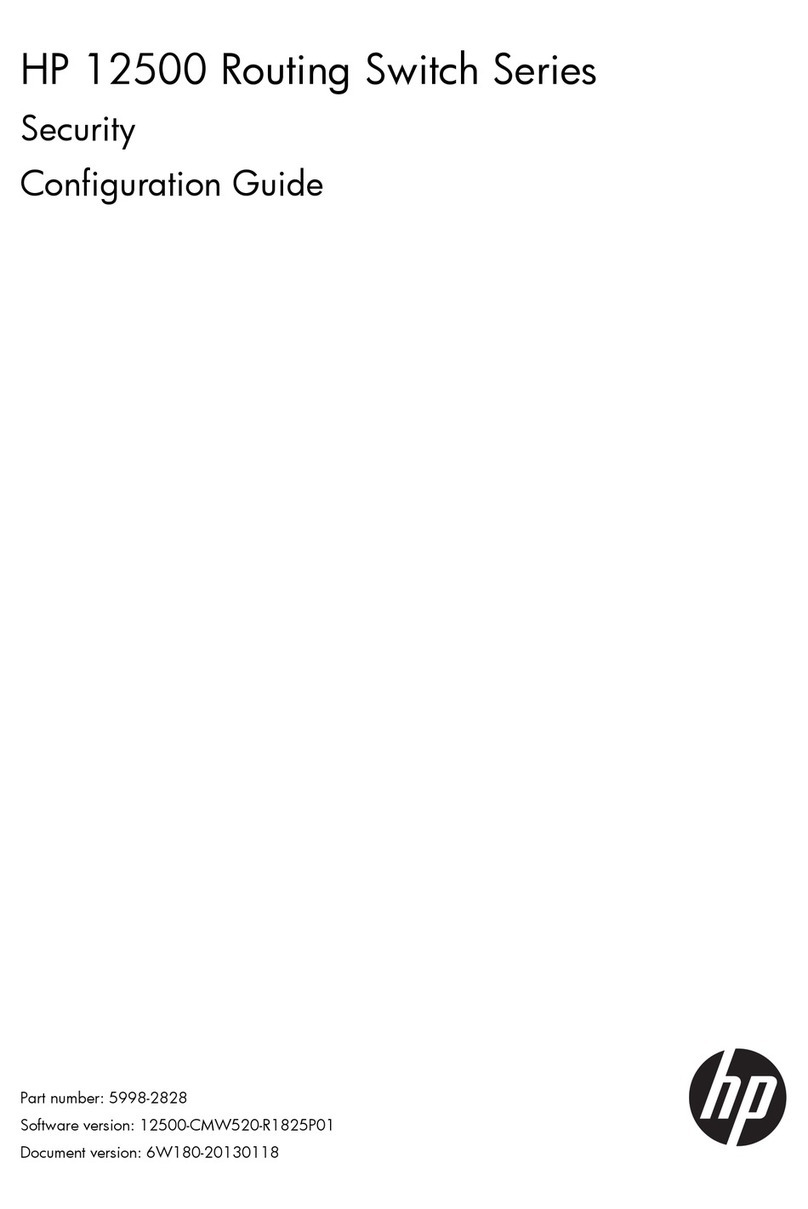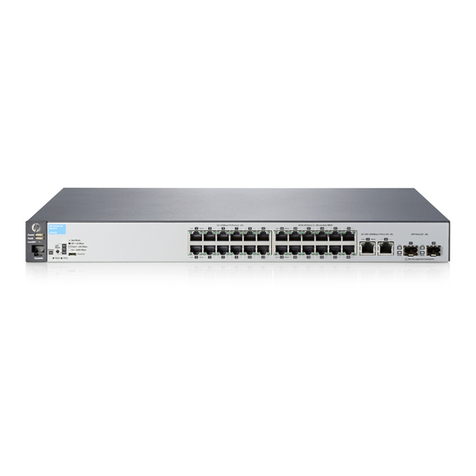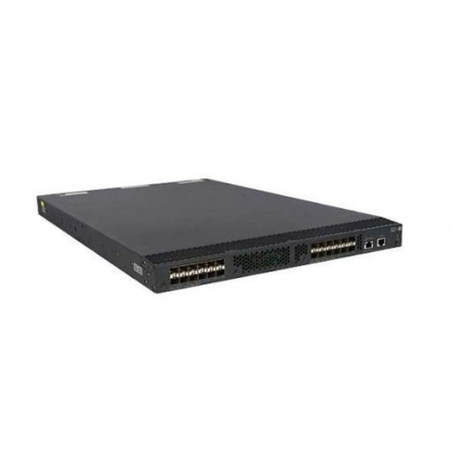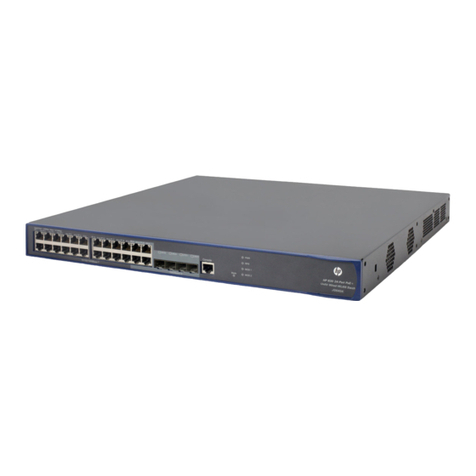Layer 2 Switching
128K MAC addresses
4094 VLANs
IEEE 802.1ad QinQ VLANs
Jumbo frame support
Port Aggregation
Spanning Tree Protocol, MSTP, RSTP, STP Root Guard
IP Multicast Snooping and data-driven IGMP
Transparent Interconnect of Lots of Links (TRILL)
Layer 3 Routing
IPv4 routing protocols - static routes, RIP, OSPF and BGP
IPv6 routing protocols - static routes, RIPng, OSPFv3 and BGP+
IPv6 tunneling
IP Multicast - PIM-SSM, PIM-DM, PIM-SM, IGMP for IPv4 and IPv6
Equal-Cost Multipath (ECMP)
Policy-based routing
DHCP and DHCPv6 client
VRRP
Quality of Service (QoS)
Advanced classifier-based QoS (with eight queues) - classifies traffic using multiple match criteria
based on Layer 2, 3 and 4 information and applies QoS policies such as priority level and rate limit to
selected traffic on a per-port or per-VLAN basis
Traffic policing - supports Committed Access Rate (CAR) and line rate
Powerful QoS feature - creates traffic classes based on access control lists (ACL), IEEE 802.1p
precedence, IP, DSCP or Type of Service (ToS) precedence; supports filter, redirect, mirror or remark;
supports the following congestion actions: strict priority (SP) queuing, weighted round robin (WRR),
weighted fair queuing (WFQ), and weighted random early discard (WRED)
Storm restraint - allows limitation of broadcast, multicast, and unknown unicast traffic rate to cut
down on unwanted broadcast traffic on the network
Resiliency and High
Availability
Intelligent Resilient Framework (IRF) - Creates virtual resilient switching fabrics, where two or more
switches perform as a single Layer 2 switch and Layer 3 router; Switches do not have to be co-
located and can be part of a disaster recovery system; Servers or switches can be attached using
standard LACP for automatic load balancing and high availability; Simplifies network operation by
eliminating Spanning Tree, ECMP and VRRP
Device Link Detection Protocol (DLDP) - Monitors Link connectivity and shuts down ports at both
ends if unidirectional traffic is detected
Virtual Router Redundancy Protocol (VRRP)
Monitoring and
Diagnostics
OAM (802.3ah) - Detects data link layer problems in the "last mile"; monitors link status between
two devices
CFD (802.1ag) - Connectivity Fault Detection (CFD) provides L2 link OAM mechanism used for link
connectivity detection and fault location
Mirroring - Port mirroring enables traffic on a port to be simultaneously sent to a network analyzer
for monitoring; Flow-based mirroring
QuickSpecs
HP 6125XLG Ethernet Blade Switch
Standard Features
DA - 14612 North America — Version 5 — December 7, 2013
Page 4
